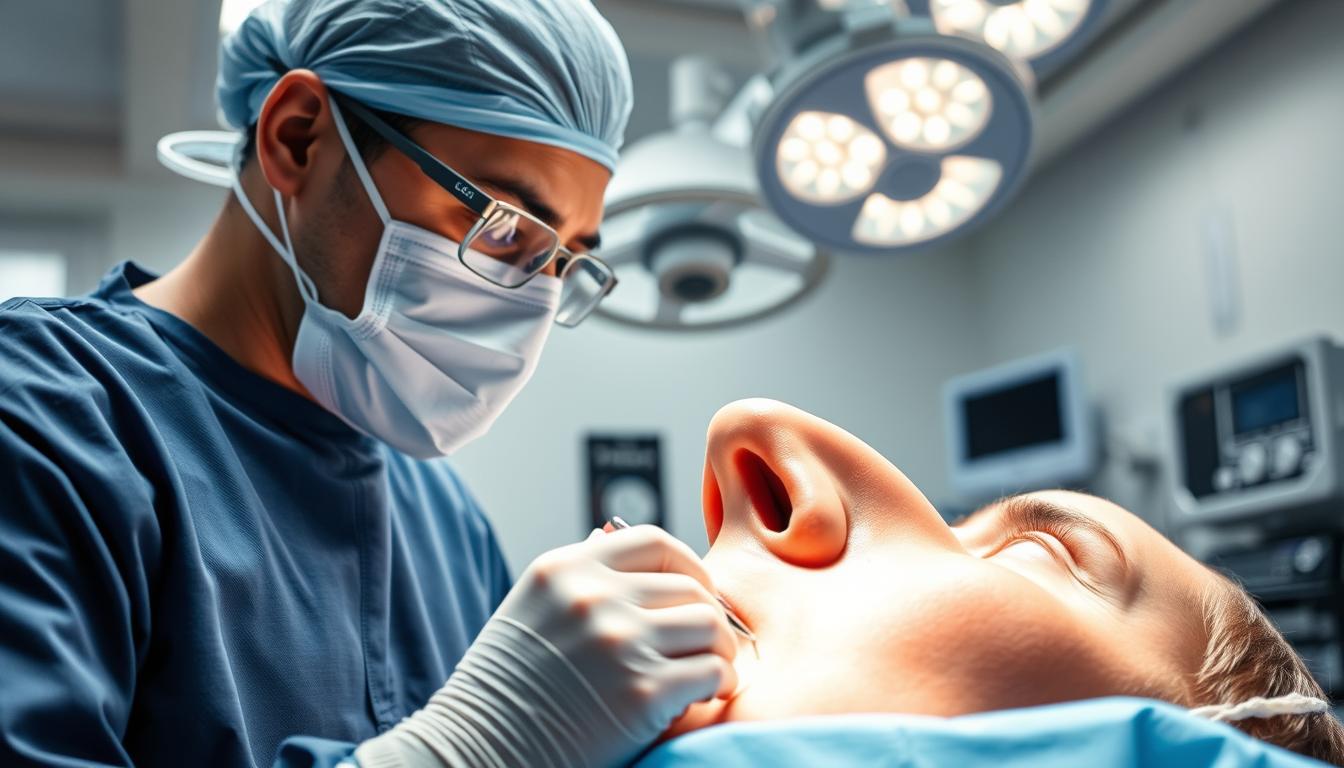Rhinoplasty, commonly known as a nose job, is a surgical procedure that reshapes the nose to improve its appearance and, in some cases, its function. When performed by a skilled and qualified cosmetic surgeon, rhinoplasty can be a life-enhancing procedure, bringing the nose into better proportion with the rest of the face.
This comprehensive guide will explore the various aspects of nose lift surgery (rhinoplasty) as it stands in 2023. We will examine the evolution of rhinoplasty into one of the most sought-after facial plastic surgery procedures in the United States, with over 350,000 procedures performed annually.
By understanding the procedure details, benefits, and associated costs, individuals considering nose lift surgery can make informed decisions. The goal is to provide insight into how rhinoplasty can address both aesthetic concerns and functional issues, potentially improving breathing while enhancing facial appearance and achieving desired results.
Key Takeaways
- Rhinoplasty is a surgical procedure that improves the shape, size, and symmetry of the nose.
- The procedure can address both aesthetic concerns and functional issues.
- Over 350,000 rhinoplasty procedures are performed annually in the United States.
- A skilled and qualified cosmetic surgeon is essential for a successful rhinoplasty.
- The surgery can improve breathing and enhance facial appearance.
- Understanding the procedure details, benefits, and costs is crucial for making informed decisions.
Understanding Nose Lift Surgery
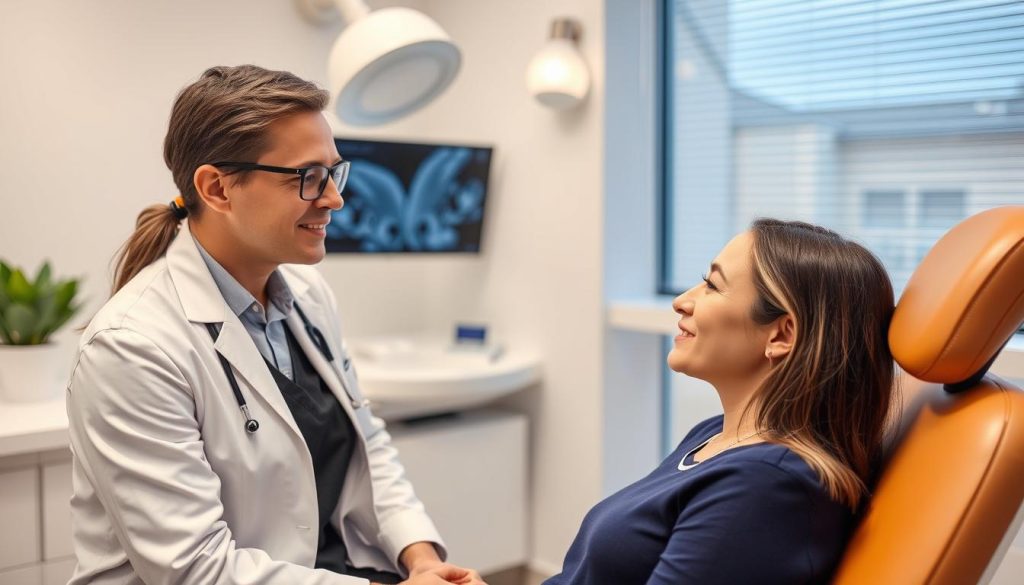
Rhinoplasty, commonly known as a nose lift, is a surgical procedure that can significantly alter the shape and function of the nose. By reshaping the nasal structures, including bone, cartilage, and skin, a cosmetic surgeon can help achieve one or more of the following: straighten a crooked nose, smooth a prominent bump in the bridge of the nose, reduce the length of an over-protruding nasal tip, refine the size of a bulbous nasal tip, narrow a nose that is too wide for the face, reduce the size of a nose that is too large, restore symmetry to the nose following injury, or correct breathing problems by opening up blocked nasal passages.
Defining Rhinoplasty and Nose Lift Procedures
Rhinoplasty is a surgery that involves modifying the nasal structures to improve the appearance or function of the nose. The procedure can be performed for cosmetic or functional reasons, or both. A facial plastic surgeon will assess the individual’s nasal anatomy and discuss their goals to determine the best approach for the rhinoplasty procedure.
Common Reasons People Choose Nose Lift Surgery
Patients choose rhinoplasty for various reasons, including dissatisfaction with the appearance of their nose, breathing difficulties, injury repair, or congenital deformities. Many seek to address specific aesthetic concerns, such as a prominent dorsal hump, bulbous tip, or asymmetry. The surgery can also help patients feel more confident in their facial appearance. Functional issues, like a deviated septum, can impair breathing, making rhinoplasty a medical necessity. The trend is shifting towards subtle refinements rather than dramatic changes, reflecting the modern approach to natural-looking results.
Types of Nose Lift Procedures in 2023
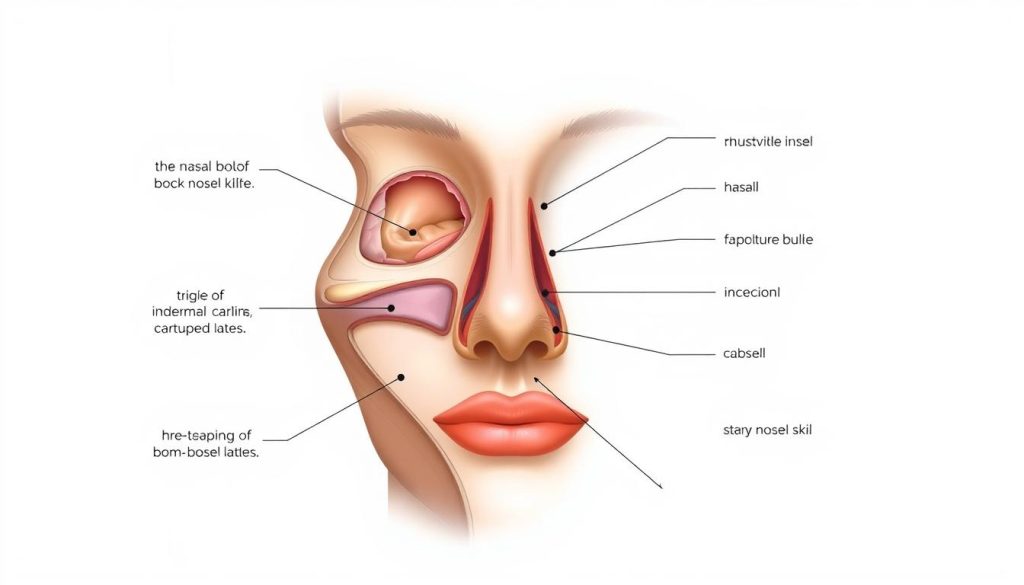
In 2023, individuals considering nose lift surgery have various options to choose from, each with its unique benefits and considerations. The diversity in rhinoplasty procedures allows patients to select the most appropriate technique based on their needs and preferences.
Open Rhinoplasty Technique
The open rhinoplasty technique involves making an incision across the columella, providing surgeons with greater visibility and access to the nasal structures. This approach is often used for complex nasal reshaping.
Closed Rhinoplasty Approach
In contrast, the closed rhinoplasty approach involves incisions within the nostrils, resulting in no visible scarring. This technique is preferred for less complex nasal reshaping and can offer a quicker recovery.
Tiplasty for Nasal Tip Reshaping
Tiplasty focuses specifically on reshaping the nasal tip. It’s a detailed procedure that can significantly enhance the overall appearance of the nose.
Non-Surgical Nose Lift Options
Non-surgical nose lift procedures utilize dermal fillers to temporarily reshape the nose. This option is ideal for those seeking a less invasive alternative to surgical rhinoplasty, with results lasting up to a year.
The non-surgical approach can be a cost-effective way to “test-drive” a nose reshaping procedure. By strategically injecting fillers, a skilled cosmetic surgeon can smooth out bumps, reshape the nasal tip, and improve nasal symmetry.
Key Benefits of Nose Lift Surgery
The benefits of rhinoplasty extend beyond cosmetic enhancements, addressing both form and function. By improving the shape and functionality of the nose, individuals can experience a significant boost in their overall quality of life.
Aesthetic Improvements and Facial Balance
A nose lift surgery can greatly enhance the aesthetic appeal of the nose, bringing it into better proportion with other facial features. This can lead to improved facial balance and a more pleasing appearance, which can be a significant confidence booster for many individuals.
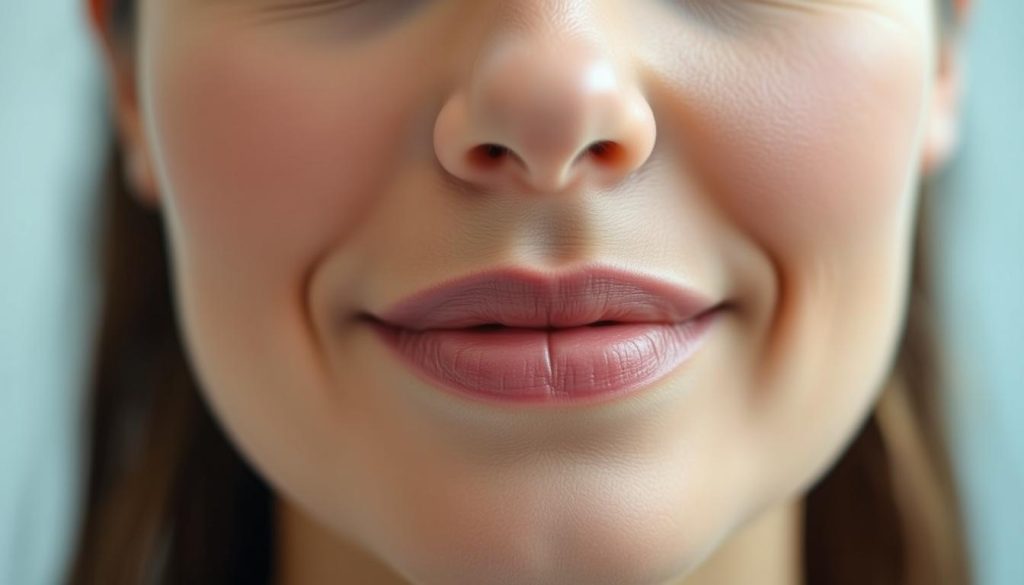
Functional Benefits for Breathing
In addition to its cosmetic benefits, rhinoplasty can also improve functional issues related to the nose, such as difficulty breathing due to a deviated septum or other structural problems. By correcting these issues, individuals can experience improved nasal function and overall health.
Psychological and Confidence Benefits
The psychological benefits of rhinoplasty should not be underestimated. Many patients report a significant increase in self-confidence and a more positive body image following the procedure. This can lead to improved social interactions and a greater overall sense of well-being, as individuals feel more comfortable in their own skin.
Ideal Candidates for Nose Lift Surgery
Understanding the characteristics of ideal candidates for nose lift surgery can help potential patients make informed decisions. The decision to undergo rhinoplasty is significant and should be based on a thorough understanding of the procedure and its implications.
Age and Physical Development Considerations
Age is a crucial factor in determining suitability for nose lift surgery. Generally, surgeons recommend that patients should be at least 16 years old for girls and 17-18 years old for boys, as this allows for the completion of nasal growth and development. Physical development is also a key consideration, as the nose should be fully grown before surgery.
Health Requirements and Expectations
Good health is essential for undergoing rhinoplasty. Patients should be free from serious medical conditions that could complicate surgery or the healing process. Moreover, having realistic expectations about the outcome of the surgery is vital. As one expert notes, “Rhinoplasty can help you improve upon your existing nose, but it cannot deliver ‘perfection’ nor can it give you the nose of someone else.”
Realistic Goals for Nose Reshaping
Patients should have realistic goals for the outcome of their nose lift surgery. This includes understanding the limitations of the procedure and the potential outcomes based on their unique nasal structure and facial features. A skilled surgeon will use tools like computer imaging to help patients visualize potential results and set realistic expectations.
| Consideration | Description |
|---|---|
| Age | At least 16 years old for girls and 17-18 years old for boys |
| Physical Development | Nasal growth and development should be complete |
| Health | Free from serious medical conditions |
| Expectations | Realistic understanding of surgical outcomes |
“The goal of rhinoplasty is not to achieve perfection but to enhance the patient’s natural features in a way that is harmonious with their overall facial structure.”
The Nose Lift Procedure: Step by Step
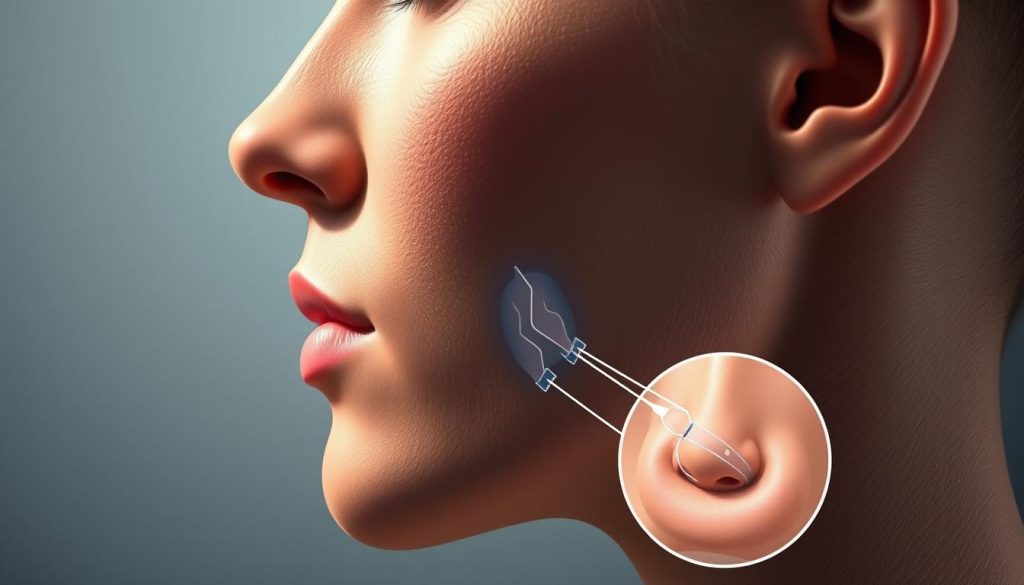
The rhinoplasty procedure is a complex process that requires careful planning and execution by a skilled surgeon. It involves several stages, from initial consultation to post-operative recovery.
Pre-Surgery Consultation and Planning
Before undergoing rhinoplasty, patients will have a consultation with their surgeon to discuss their goals and expectations. This stage is crucial for planning the procedure, including deciding on the surgical techniques to be used.
Anesthesia and Surgical Preparation
On the day of the surgery, the patient will be administered anesthesia to ensure comfort during the procedure. The type of anesthesia used can vary depending on the complexity of the surgery and the patient’s preferences.
Surgical Techniques and Process
The surgical process involves making precise incisions and reshaping the nasal structure. The surgeon may use either an open or closed rhinoplasty technique, depending on the patient’s needs.
Completion and Initial Recovery
After the surgery, the surgeon may administer a long-acting numbing agent to minimize post-operative pain. Nasal splints, packing, and taping are applied to support the new nasal structure. Patients are then monitored in the recovery room before being discharged.
Effective pain management is crucial during the initial recovery period. Patients can expect mild to moderate pain, which can be managed with over-the-counter pain relievers as directed by their healthcare provider.
Initial care instructions include keeping the head elevated, applying cold compresses, and avoiding strenuous activities. Patients should also be prepared for drainage, congestion, and initial swelling during the first 24 hours after surgery.
Recovery Timeline After Nose Lift Surgery
Understanding the recovery timeline after nose lift surgery is crucial for managing expectations and ensuring a smooth healing process. The journey to full recovery involves several stages, each with its unique characteristics and milestones.
First Week Post-Surgery
The initial week after rhinoplasty is critical, with most patients experiencing significant bruising and swelling around the nose and eyes. Rest and following the surgeon’s post-operative instructions are vital during this period.
Weeks 2-4: Diminishing Swelling
As the body heals, swelling begins to subside, and patients start to see improvements in the appearance of their nose. Although some bruising may still be present, it gradually fades away during these weeks.
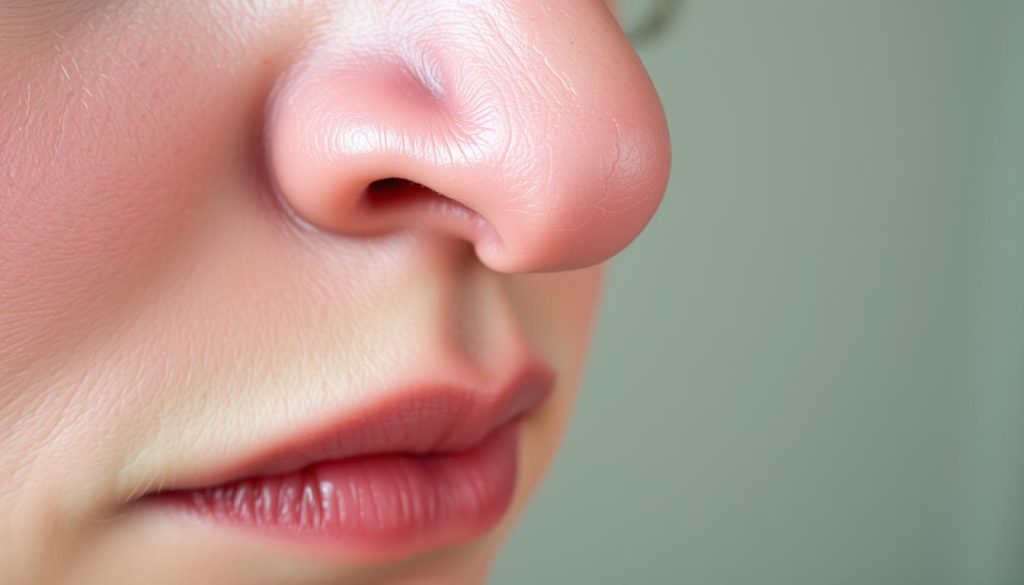
Months 1-3: Seeing Results
By the end of the first month and into the third, the majority of swelling has dissipated, allowing patients to see the initial results of their rhinoplasty. The nose starts to take on its new shape, although minor swelling may still be present.
Long-Term Healing (Up to 1 Year)
It’s essential to understand that complete healing after rhinoplasty can take up to a year or even longer in some cases. The nose, particularly the nasal tip, is the last to reach its final appearance due to being the most swelling-prone area. Patients are advised to follow their provider’s treatment plan and attend follow-up appointments to ensure proper healing and address any concerns.
Cost of Nose Lift Surgery in 2023

The cost of nose lift surgery, also known as rhinoplasty, is a significant consideration for individuals planning to undergo this procedure in 2023. The financial investment required for this surgery can vary based on several factors.
Average Price Ranges in the United States
The average cost of rhinoplasty in the United States ranges from $5,000 to $15,000. This wide range is due to various factors, including the complexity of the procedure and the surgeon’s expertise.
Factors Affecting Nose Lift Costs
Several factors influence the cost of nose lift surgery, including the surgeon’s fees, anesthesia costs, and facility expenses. The complexity of the procedure, whether it’s a primary or revision rhinoplasty, also affects the overall cost.
Insurance Coverage Possibilities
In some cases, health insurance may cover rhinoplasty, particularly if the procedure is performed to address breathing difficulties. Patients should consult with their insurance provider to determine the extent of their coverage.
Choosing the Right Surgeon for Your Nose Lift
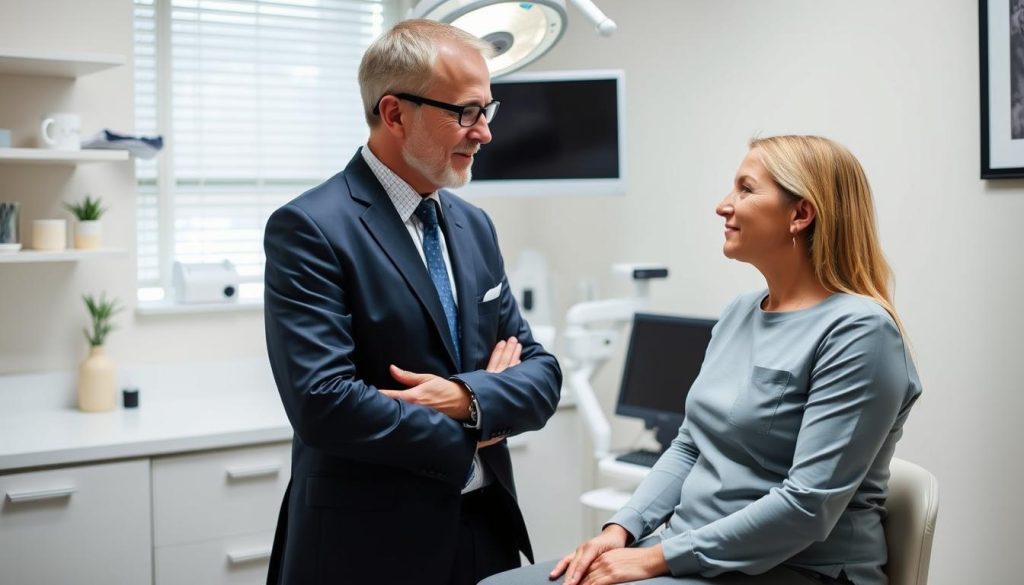
Selecting the ideal surgeon for rhinoplasty is a critical decision that significantly impacts the outcome of your nose lift surgery. Rhinoplasty is a complex procedure that demands a specially trained cosmetic surgeon with extensive experience in facial cosmetic surgery.
When consulting with potential surgeons, ask about their experience with rhinoplasty procedures and review before-and-after photos of previous patients to gauge their aesthetic style. Ensure the results look natural and align with your expectations.
It’s also crucial to assess the surgeon’s qualifications, including board certification in facial plastic surgery, plastic surgery, or otolaryngology with additional facial plastic surgery training. Don’t compromise on quality for cost; instead, focus on finding a surgeon who can deliver the results you desire.
FAQ
What is the difference between a nose job and rhinoplasty?
A nose job and rhinoplasty are often used interchangeably to refer to surgical procedures that alter the shape, size, or function of the nose. However, rhinoplasty encompasses both aesthetic and functional changes, while a nose job typically implies a cosmetic procedure.
Is rhinoplasty a painful procedure?
Patients typically experience discomfort rather than pain during the recovery period. Surgeons often prescribe pain management medication to alleviate any post-operative discomfort.
How long does it take to recover from a nose lift surgery?
The initial recovery period usually lasts around one to two weeks, with most patients resuming normal activities within this timeframe. However, it may take several months for the nose to fully heal and for the final results to become apparent.
Can a non-surgical nose lift provide permanent results?
No, non-surgical nose lifts using dermal fillers are temporary solutions, typically lasting between 6 to 24 months, depending on the type of filler used and individual factors.
What are the risks associated with nose lift surgery?
As with any surgical procedure, potential risks include bruising, swelling, infection, and scarring. Choosing a qualified and experienced surgeon minimizes these risks.
Can nose lift surgery improve breathing difficulties?
Yes, rhinoplasty can address functional issues, such as a deviated septum, to improve breathing. Surgeons can correct structural problems during the procedure.
Are there age restrictions for undergoing a nose lift?
Facial structure should be fully developed, typically by the late teens or early twenties, making this the ideal age range for most candidates. However, there is no upper age limit, provided the individual is in good health.
How much does a nose lift surgery cost on average?
The cost varies widely depending on factors like location, surgeon’s fees, and the complexity of the procedure. On average, the cost of rhinoplasty in the United States can range from ,000 to ,000.
